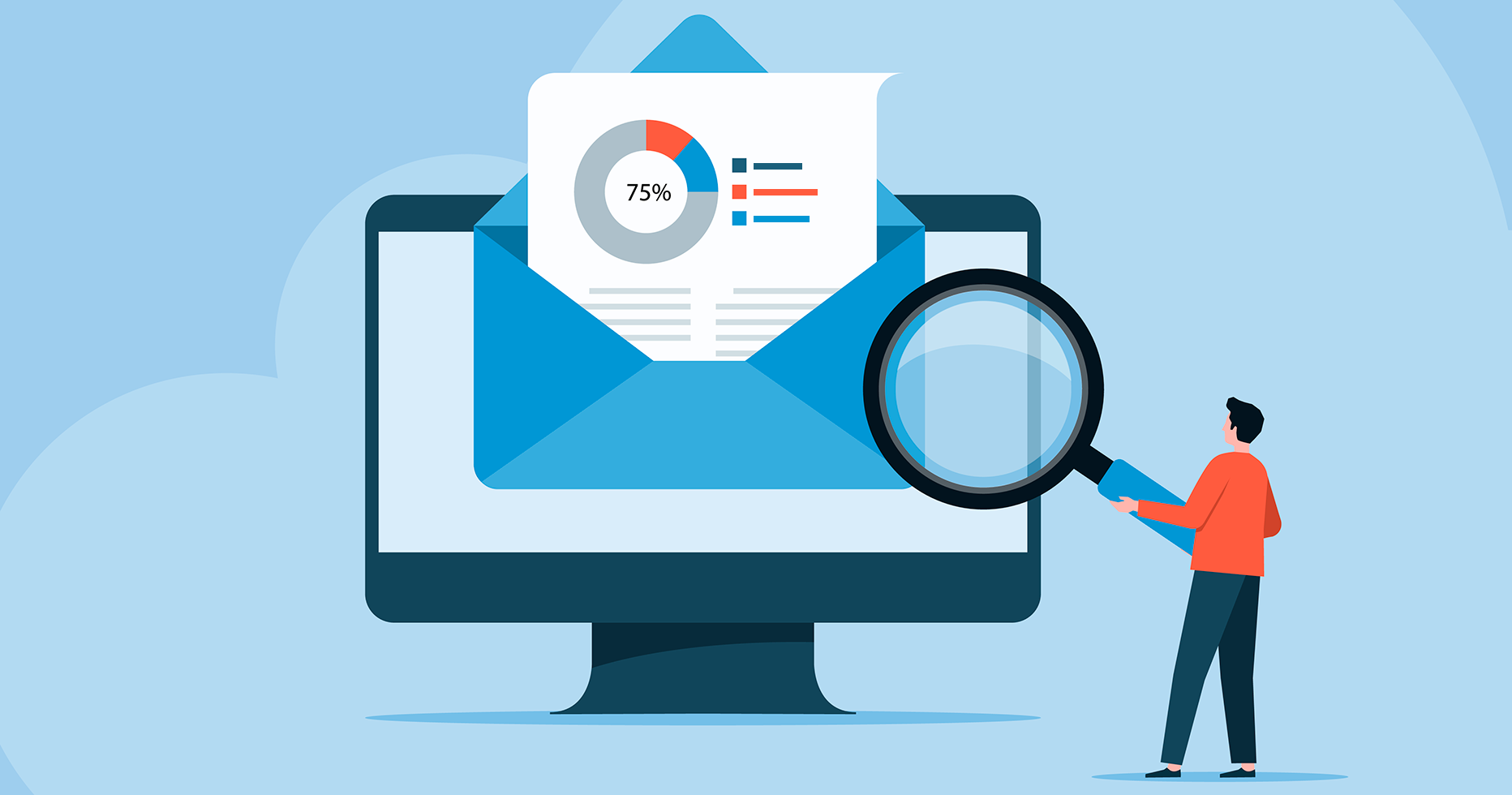Below, we’ll see how advanced segmentation strategies can benefit your marketing effort and give you a better understanding of the direction to move in.
Customer Data for Email Segmentation
Any customer personal data can be used for contact base segmentation, but its application depends on your business and particular offers.
There are two main methods you can use to collect data on your audience:
1. Ask them to provide data by filling different fields (subscription form, app registration, email feedback, questionnaire, offline).
Such info includes:
- name;
- age;
- contacts (email address, phone number);
- sex;
- location;
- language;
- topic preferences;
- marital status;
- medical conditions, etc.
This is most often permanent data that is rarely changed. It’s put in the customer card and serves to build a general user profile. It can be used to get main major segments and come up with separate offers for each segment.
For example, a travel engine that runs a flash sale of last-minute tours for the upcoming weekend has more chances to generate response when addressing people based on their location. People from Europe would be more likely to consider options from Milan and Barcelona than, let’s say, Cuba or Phuket, and vice versa.
Because travelling typically presupposes planning ahead (days off, money, visa, vaccination), when making a last-minute offer, you need to make sure you send it to people who have the most conditions that allow using it.
2. Automatically track their website behavior and message activity (web tracking, API).
Such info includes:
- website activity (last visit, visit frequency, browse time, session duration, often browsed categories);
- purchase history (last purchase, average check, often bought categories, preferred brands, time of purchase, additional services);
- payment type;
- device type;
- email activity (opens and clicks, often used incentives).
This is fluid data that constantly changes and therefore is constantly updated. It helps build more precise segments and personalize the offer.
A ticket engine from the above example that has segmented their offer by location and is sending a promo to its European audience, can make it even more personalized by optimizing the content inside, using AI-supported segmentation algorithms. For example, users who most often opted for vacations in France would see similar offers first, and users who traveled more to Italy would see it on top. Personalization options are plenty and depend on the settings you configure.

Segmentation Practices to Follow
The more data you’ll be collecting, the more personalization options you’ll have. However, you can start segmenting your audience from the very beginning and then only optimize content display based on recent updates.
Let’s take a look at basic segmentation principles any business should follow in order to make the best of the contact base and deliver the right content at the right time.
- Segment by geolocation.
When you run location-specific campaigns, make sure you deliver them to people who’ll find them relevant and be able to use. This is especially important for international brands with a wide geographical presence and multinational audience.
For example, Super Bowl-related offers will be most applicable to your customers from the USA. El Dia de Muertos is a big holiday in Latin America, but it means not much for your Asian clients. When you promote holiday tours or camp packages for kids, it’s better to know when school breaks take place in each region you’re targeting. When advertising holiday tours, it’s better to have different options for different regions as holiday days and duration vary depending on the country.

Moreover, alongside offer relevance, segmentation by location also presupposes content localization. If you operate in Middle East countries or other regions with strict religious traditions, there is part of the content (like explicit graphics, semi-nudes, family depiction, religious architecture) you should be careful with.
Color also has different meanings, so if you do pay much attention to color schemes or run A/B testing of elements that can be influenced by color (for example, CTA), keep in mind that location can be a significant factor.
- Segment by website activity.
By tracking your customers’ behavior, you’ll be able to be aware of their interests and changes in these interests. Basic segments include
- abandoned browse;
- last website visit;
- abandoned cart.

Prepare for each of them triggered campaigns and personalize them taking into any other behavioral details:
- visited pages;
- pages they never visit;
- browsed categories/brands;
- categories/brands they never look for;
- session duration;
- scrolling pattern;
- clicked elements;
- most clicked social media;
- preferred content type (long/short video, catalog, carousel, gamified content, user-generated content).
- Segment by purchase behavior.
Your contact base isn’t homogeneous in terms of shopping behavior as well. To address each group properly, segment them by position in the sales funnel. Basic segments include:
- new subscribers;
- prospects;
- one-time customers;
- repeat customers;
- loyal customers.
Depending on the segment they’re in, people would receive welcome emails, onboarding emails, follow-ups, or reactivation campaigns. Each segment will be targeted with the content most applicable to their current position in the funnel.
- Segment by email response.
Main email metrics like open rate, click rate, and bounce rate also can be a basis for segmentation. Based on them, you can divide your contacts into:
- active;
- inactive;
- interested;
- sleeping,
and target them with more engaging or reactivation campaigns.
And a high bounce rate of a particular contact over a long period of time may be a signal it’s time to let this contact go. Set up a time limit (for example, 6 months), and if a customer hasn’t opened any of your emails during this period, delete them from your contact base. It may be a hard decision, but the cleaner your base, the more engagement it would generate, which is essential for deliverability and sender reputation.
- Segment by shopping experience.
Hopefully, you provide the best service for your customers, but issues happen, and you need to be ready to address people who faced difficulties when working with you. Consider building the following segments:
- positive feedback;
- negative feedback;
- return request;
- complaint.
Prepare responses and further re-engagement campaigns for unsatisfied customers, and if you see a repetitive pattern of negative experience, check your website working, bot operation, etc.
- Segment by payment history.
Segmentation by payment activity is important to determine which part of your audience is ready to buy more expensive goods, and who is interested in more affordable offers. Basic segments can include:
- sales only shoppers;
- average check under $#;
- average check over $#;
- VIP;
- consistent purchase schedule regardless of the price (for example, only once at the end of the year);
- loyalty membership.
The price range of the recommended items isn’t the only thing affected by such segmentation. The amount of the incentive and its type is also a factor. For example, you can vary the discount value (15% off for contacts from Average check under $#; and 5% off for contacts from Average check over $#) or offer non-monetary bonuses (status upgrade, access to limited proposals, invitations to events) to VIP or loyal clients.

Proper email segmentation can benefit your business in many ways. It helps reach the target audience, deliver the relevant content, personalize offers, tailor campaigns to customer’s expectations, raise your ROI, and generate profit.
It’s of use to both big corporations and local brands as it optimizes contact lists and allows you to reach your audience on a deeper level.




